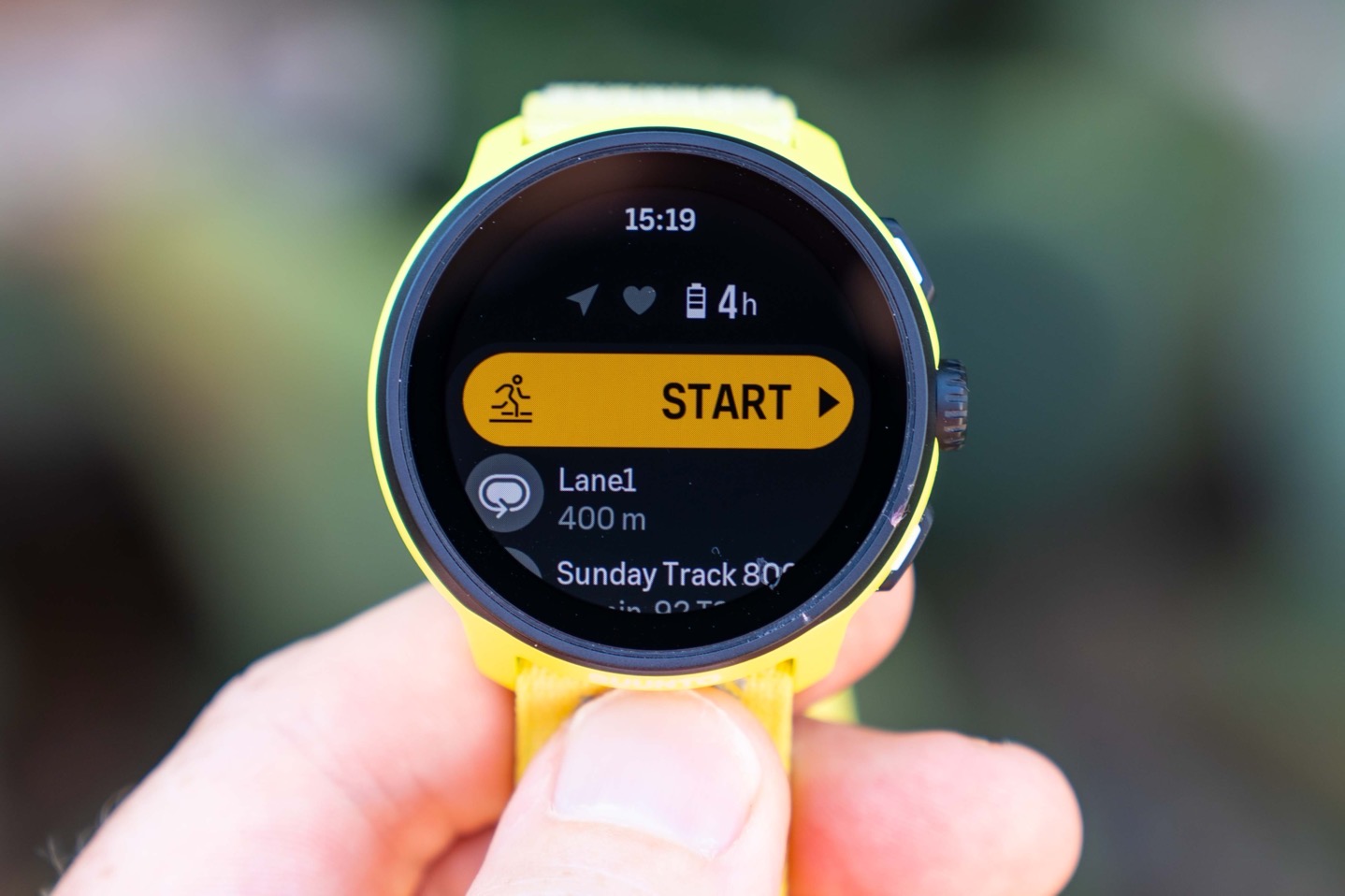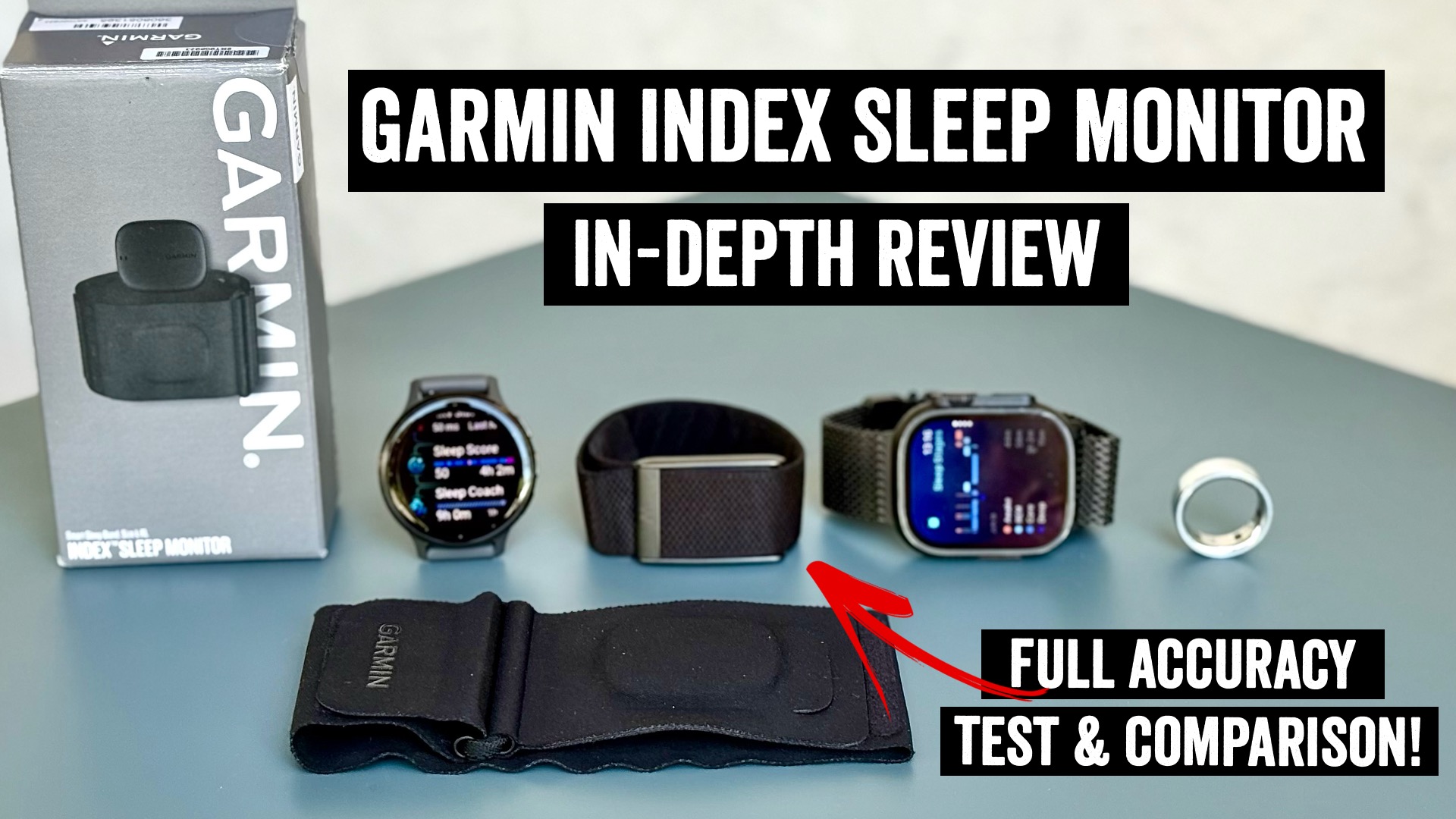Garmin Venu X1 Hands On: Everything You Need to Know! | DC Rainmaker

Garmin has just announced the Garmin Venu X1, a watch designed to bridge the gap between Garmin’s existing mainstream Venu series (which typically targets recreationally active but not overly serious endurance athletes) and that of their Forerunner series (which typically targets a more serious athletic profile). The result is a watch that might be compared with the Apple Watch Ultra series, though in reality feels absolutely nothing like it in-hand.
To begin, it’s astonishingly thin – reminding me of Garmin’s first Vivoactive watch from more than a decade ago (a square/rectangular watch that was announced/shipping before even the first Apple Watch was announced). In fact, Garmin says it’s their thinnest watch, a mere 8mm. More than that though, it carries with it a massive 2” AMOLED display (the Series 2 Ultra is 1.93”) that stretches right up to the bezel edge. And, unexpectedly for a Venu device, it has an LED flashlight (both white & red). Plus, it includes a fabric band and a titanium case.
But more than the hardware, it’s got many of the software features you’d find on a Forerunner 970-class device. Things like offline TopoActive mapping (with aspects like round-trip routing and on-device course creation), Training Status, Training Readiness, Endurance Score, and more. It has a speaker and microphone, allowing on-device calls (with your phone nearby), and even voice notes (something not found in the Forerunner 970, but seen in the even more expensive Fenix 8 lineup).
Point is, while some might compare it at first glance to an Apple Watch Ultra device, ultimately, if you step away from marketing shots, it frankly doesn’t feel much like it.
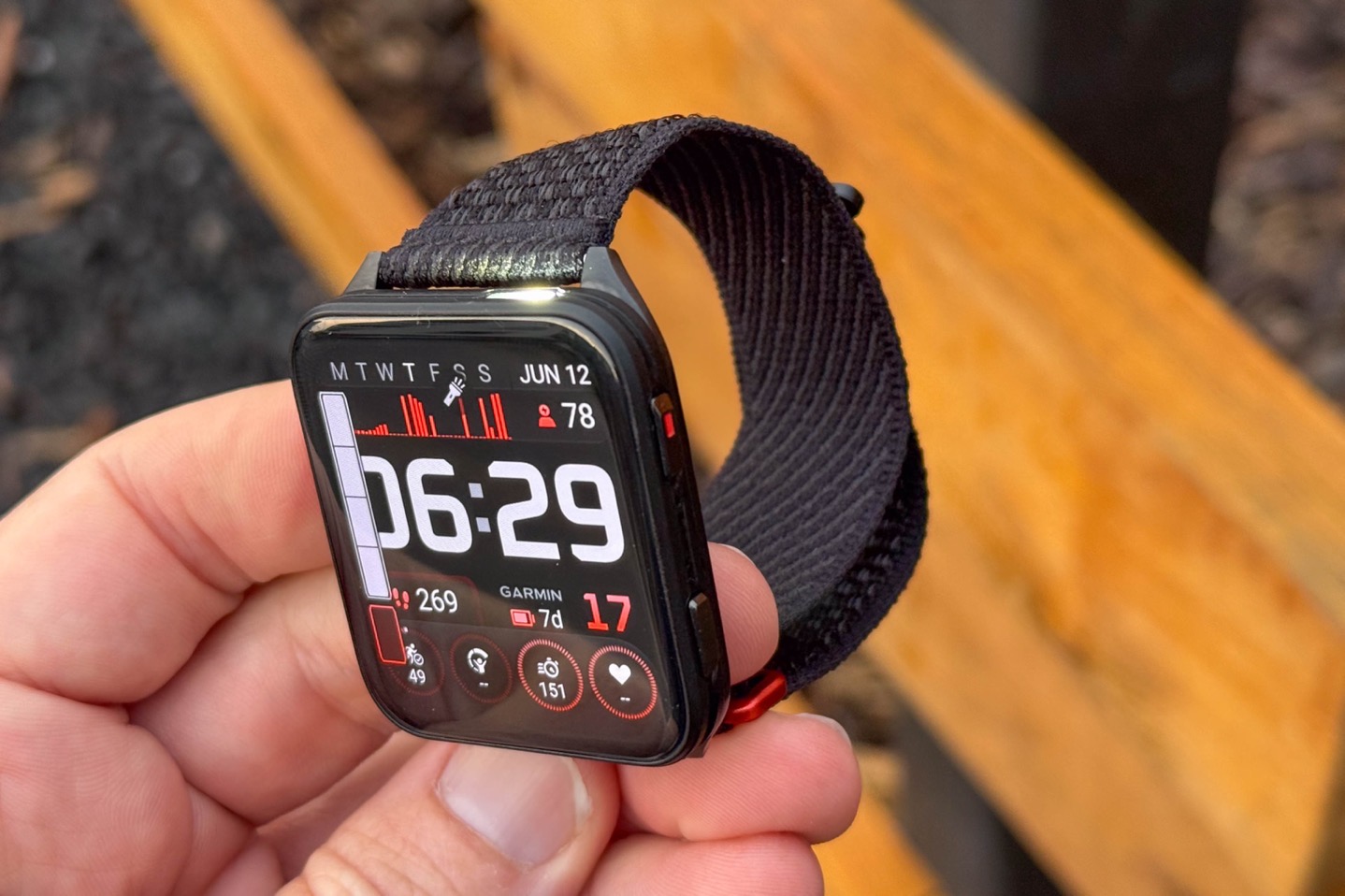
It’s somewhat tricky to compare this to previous Venu series devices, usually priced at about $400-$450USD. Sure, it has the same name as a Venu series device, but as noted, the features are basically like those of a Forerunner 970 (sprinkled in with a few Fenix 8 features, like range finder and Voice Notes features). At the same time though, it still maintains the Venu series’ less-button design versus a typical Forerunner/Fenix 5-button design. In fact, the Venu X1 contains only two buttons compared to the Venu 3’s three-button design.
In any case, let’s do a quick comparison to the Venu 3 as a baseline and go from there:
– Rectangular display vs round/circular display on Venu 3
– Much thinner 8mm case size vs 12.5mm for Venu 3
– Larger 2” screen on the X1, than the Venu 3’s 1.4” display (45mm)
– Upgrades to sapphire crystal display glass
– Upgrades to full titanium case
– Substantially brighter display
– Adds in offline mapping capabilities (fully downloadable/routeable maps)
– Adds full suite of on-watch routing features (e.g., round trip routing, route to POI, re-routing, etc…)
– Adds ClimbPro features
– Adds Training Readiness
– Adds Training Status
– Adds Voice Notes
– Adds Endurance Score
– Adds Hill Score
– Adds Strava Live Segments on-device
– Adds Cycling Power Guide on-Device
– Adds Garmin Share
– Adds Focus Modes
– Adds Stamina feature
– Adds full Race Planning suite (including Race Time estimation, but not forward production)
– Additional Sensor Type Support: Extended Display, Club Sensors, Range Finder, Garmin inReach, Shifting, Shimano Di2
– Adds huge pile of new sports profiles (especially for outdoor-focused activities, list below)
– Battery life is less than Venu 3: 8 days smartwatch (vs 14 days on Venu 3), and 2 days always-on display (vs 5 days on Venu 3)
– Switches to included nylon band
– Weighs slightly less, including band, at 40g vs 47g for Venu 3 45mm
– Maintains Garmin Elevate Gen5 optical HR sensor
– Priced at $799USD, vs $449USD for Venu 3
There are more features it has, but that’s just the gist of things. Note that at launch the ECG feature isn’t there. In fact, while it sounded like the hardware was there, upon further clarification, it’s actually not there at all, thus, it won’t be getting the future in the future. That’s pretty mind-boggling to me.
Here’s the battery chart:
Up to 8 days (2 days display always-on)
Up to 11 days
Up to 16 hours
Up to 14 hours
All-Systems GNSS mode with music: Up to 7 hours
Ultimately, it’s the marriage of a Venu device in terms of the two-button design and UI styling, but with the underlying core software of a Forerunner 970 or Fenix 8 device. As to whether it’s more Fenix 8 vs Forerunner 970, it’s a tough split. It has the waterproofing spec of a Forerunner 970 (50-meters), and thus lacks some of the advanced water sport features seen on a Fenix 8 (and of course doesn’t have diving), yet it has a few more features than the Forerunner 970 has in certain areas, but seems to lack a handful of the more advanced running metrics the Forerunner 970 recently introduced. As always with Garmin, how and exactly which features they include on a given unit is often a mystery to…well…everyone.
I’ll expand out the above details over time, and of course eventually a full in-depth review. Speaking of in-depth reviews, some of you have been wondering about the Forerunner 970 review. That’s basically just about set. Written review done & photographed, video review done, just finishing up the editing. This post/video here kinda ended up side-swiping the Forerunner 970 review. I’ll probably release that tomorrow instead.
First up, let’s look at the unit size itself, because as noted, it’s astonishingly thin, again at just 8mm. If we look at it side-by-side with a Venu 3, you can easily see just how thin it is:
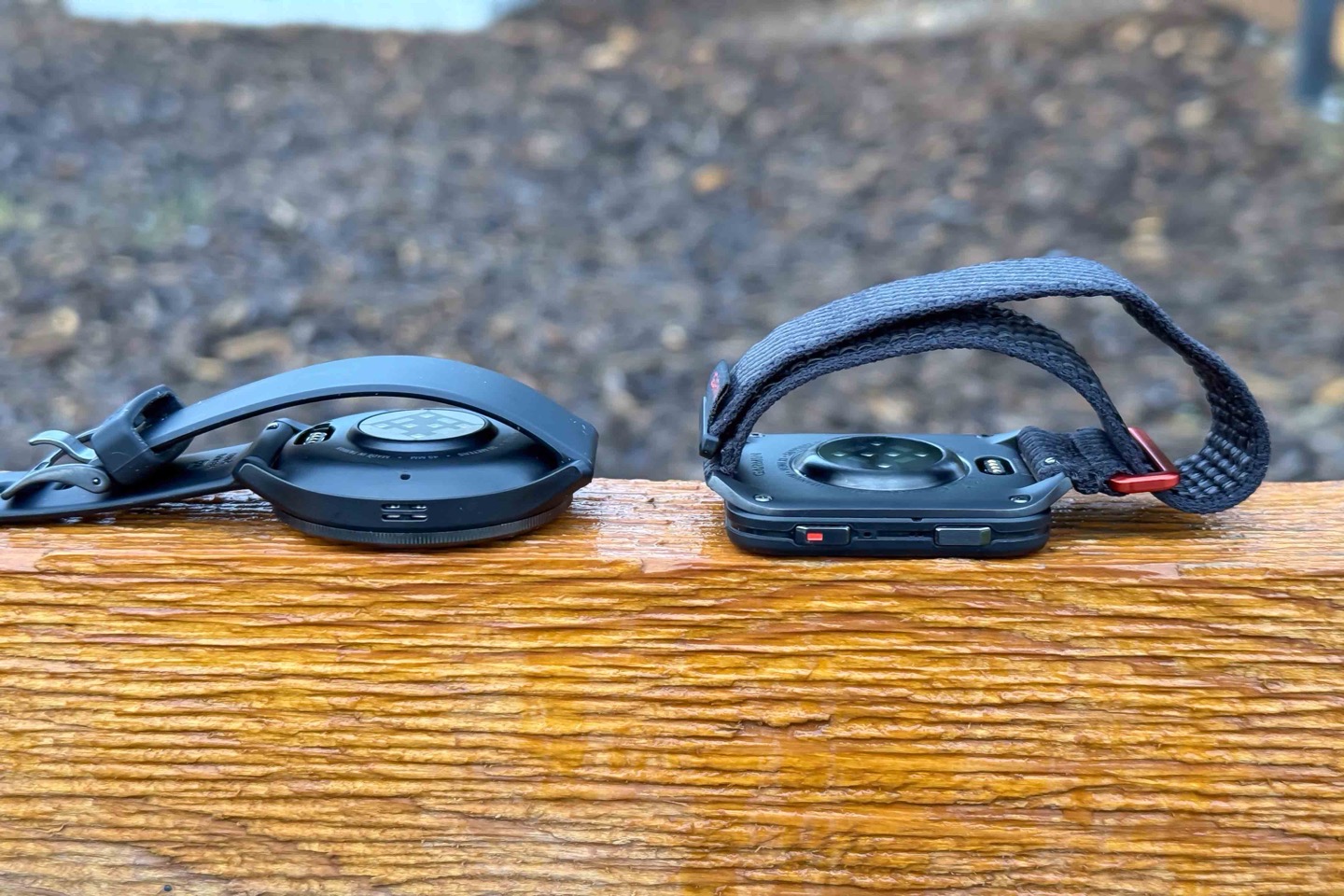
The same goes for the Apple Watch Ultra 2, again, the X1 makes that thing look like a beefcake:
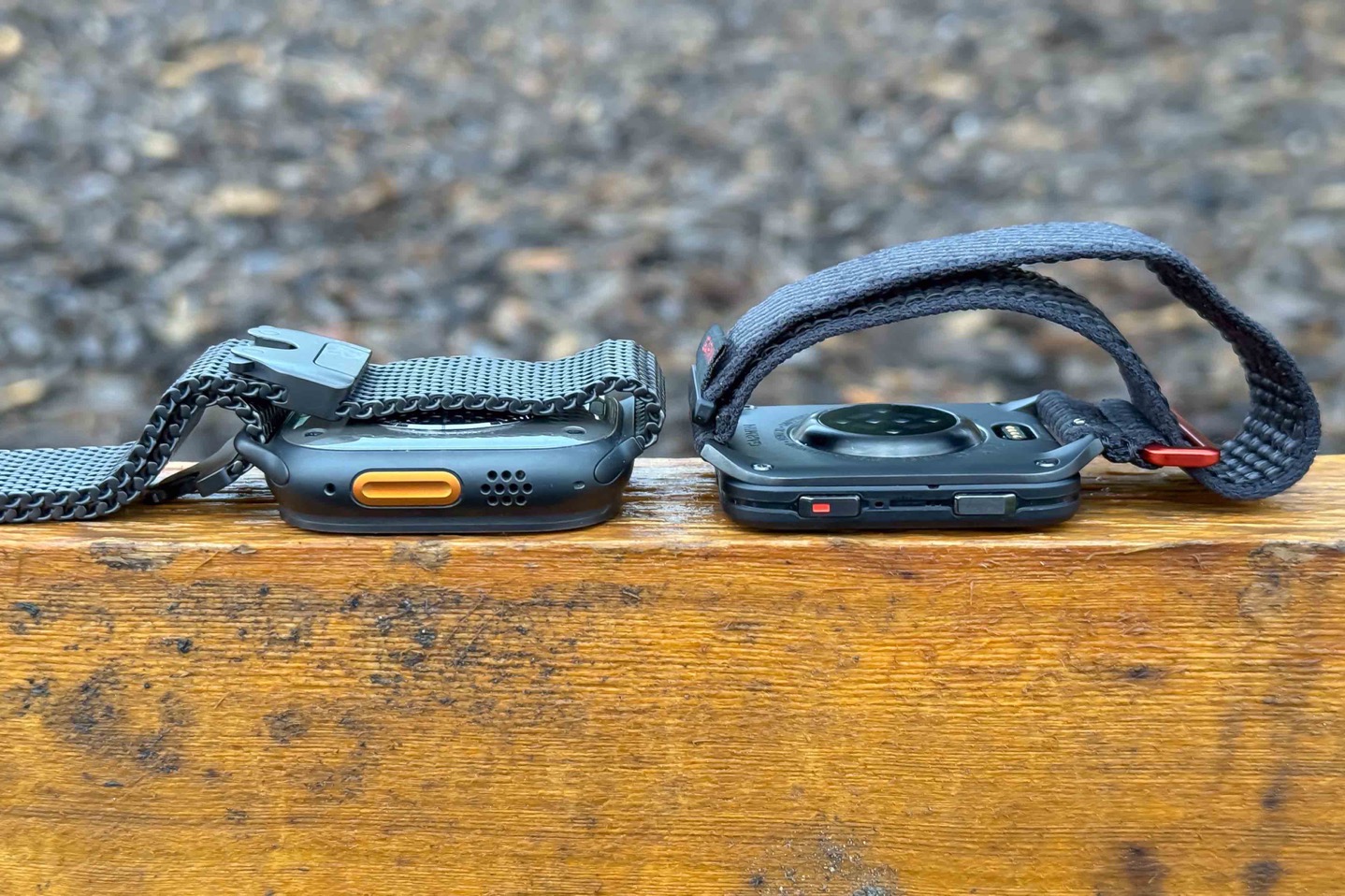
And of course, it’s a substantially bigger display too. That 2” display is just massive. I haven’t quite gotten used to having this wall-mounted TV-sized display on my wrist, despite wearing the Apple Watch Ultra 2 on one of my wrists daily for nearly a year. I don’t really understand why this display feels so much more massive than the 1.93” display of the Apple Watch Ultra 2, but hey, it does.
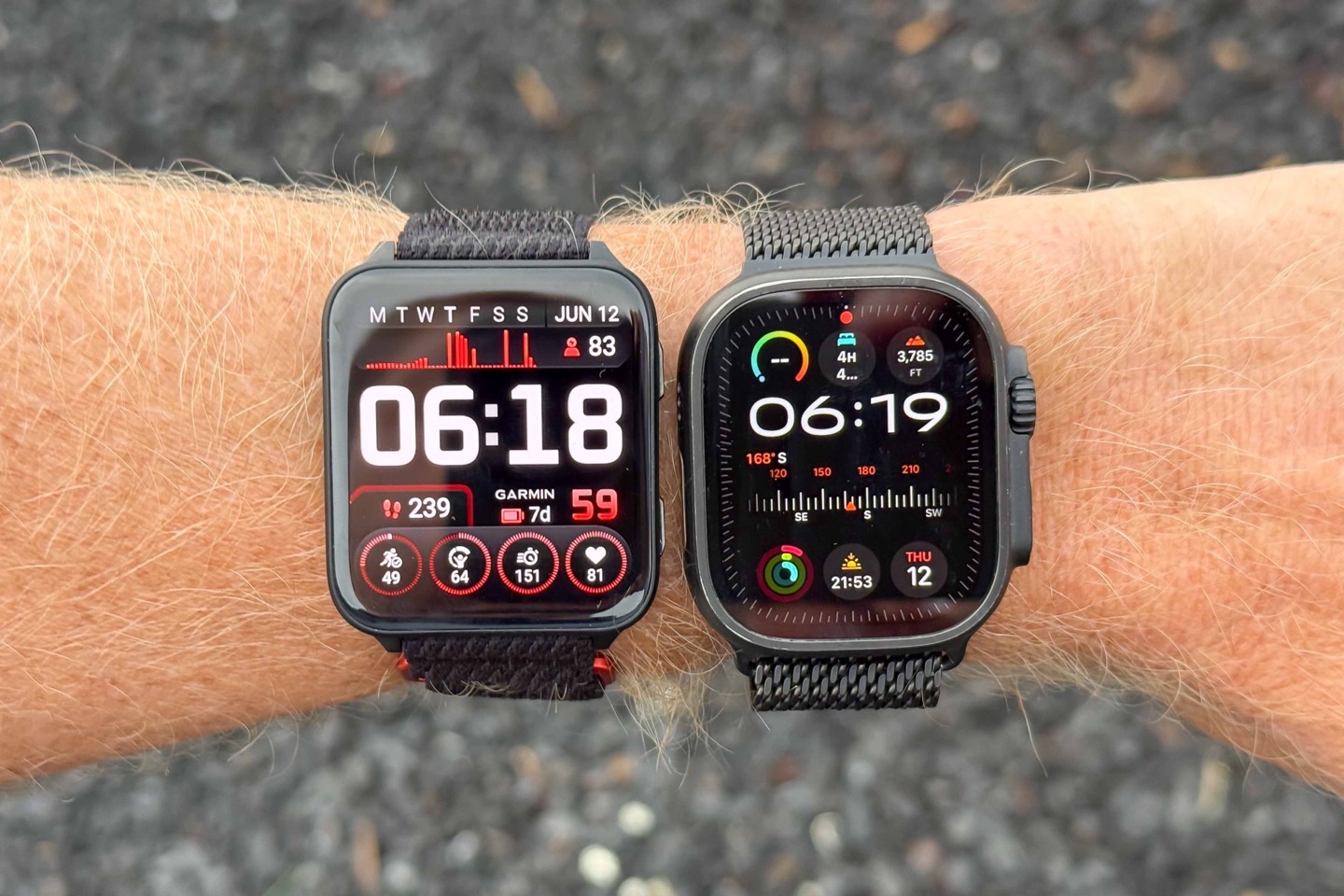
Of course, up at the top, you’ve got the LED flashlight.
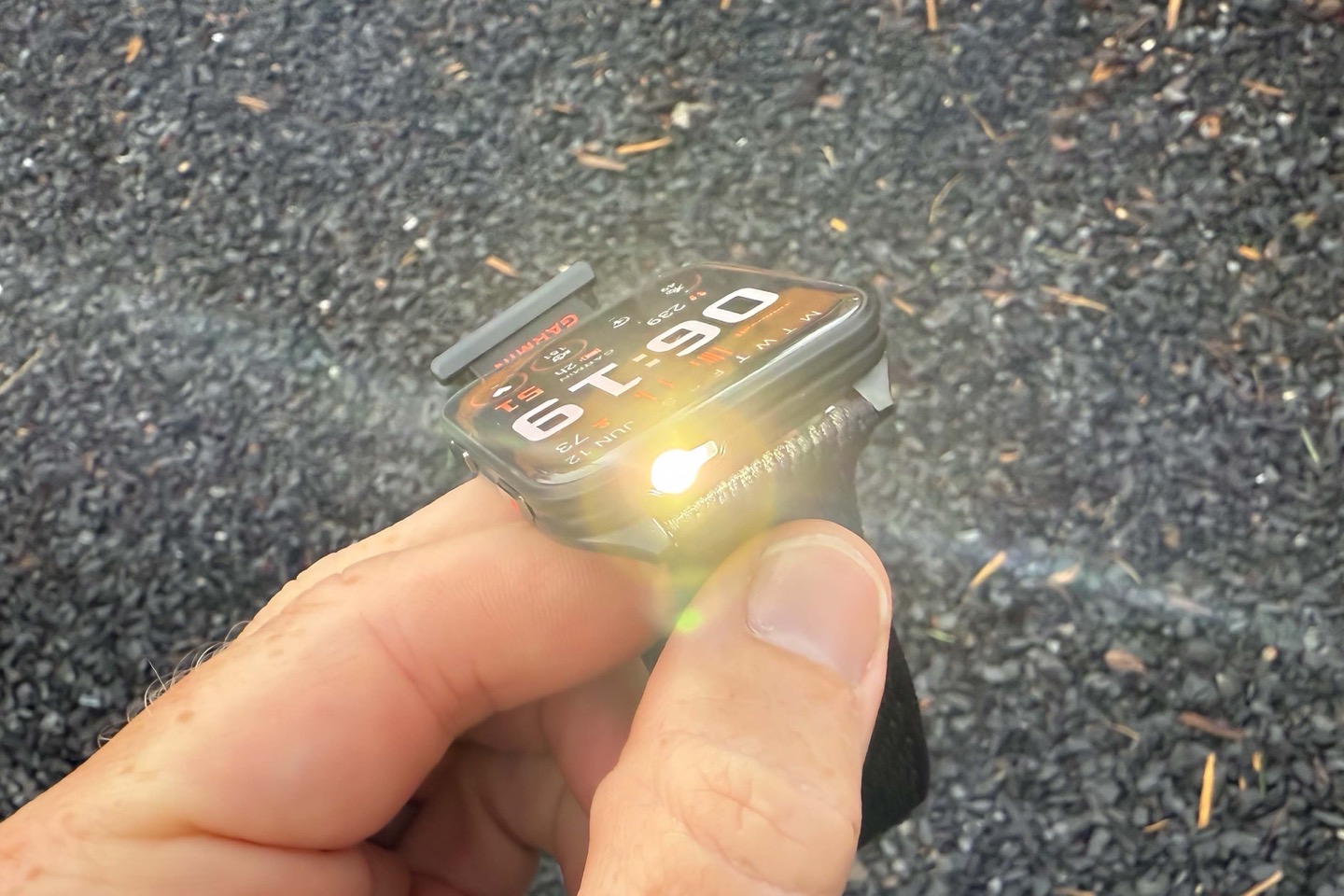
To enable it, you’ll simply long-hold the lower right button, which opens up the controls for it, letting you increase through 4 different white LED brightness levels, and one red LED level:
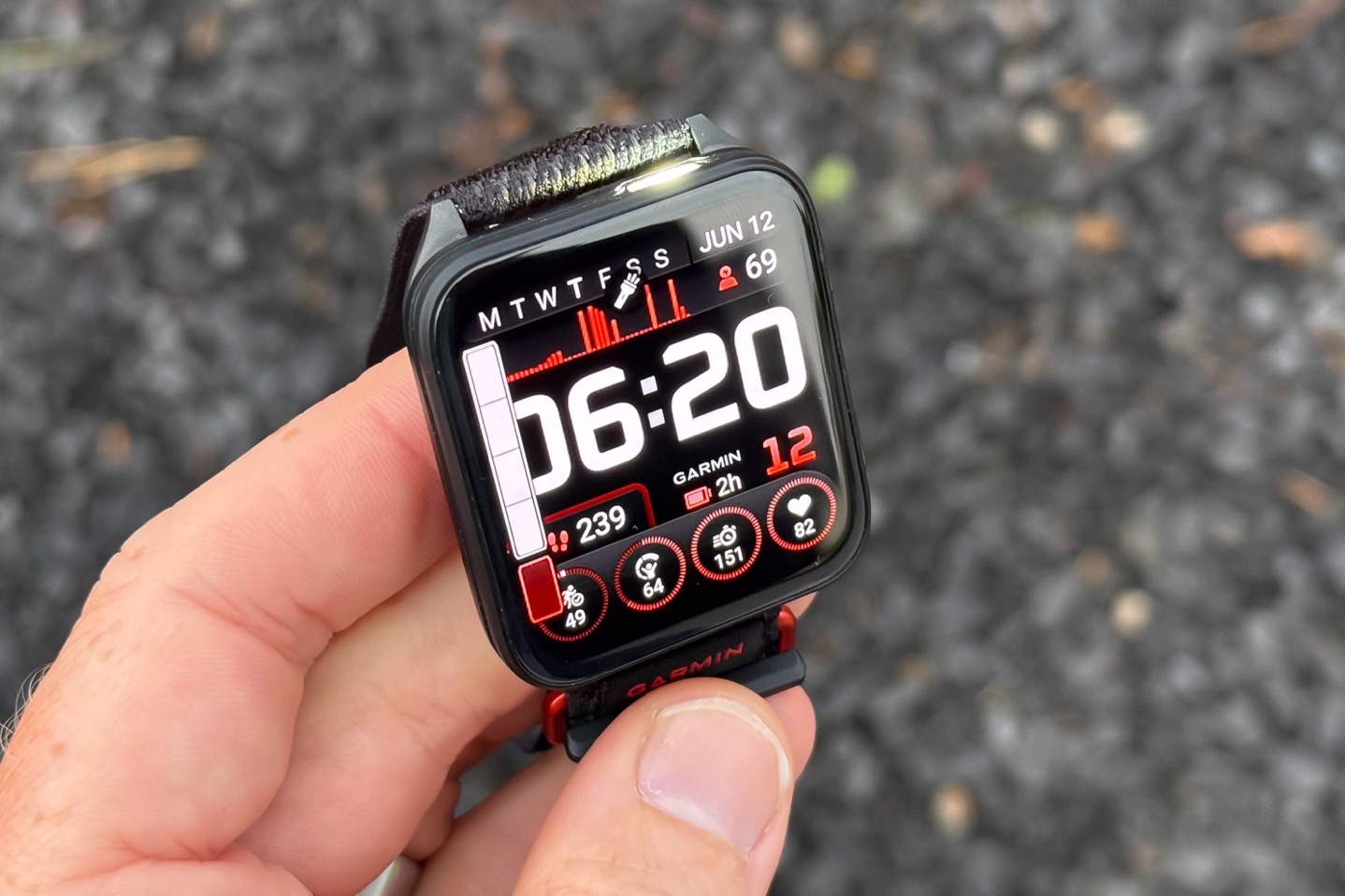
Looking at the nylon band, I quite like it. It feels pretty soft, while also feeling fairly strong. As always with fabric bands, no matter the brand, you do have the element of wetness after a shower/workout/water, but that’s just the reality of fabric.
Back on the display, cracking open the widget glances, you’ll find these much like the Venu 3 styling. While the underlying user interface flow is that of a Forerunner 970/Fenix 8, the icon styling matches that of the Venu 3. In effect, Garmin seems to be getting closer and closer to having their devices share that underlying code base, even with different UI styles.
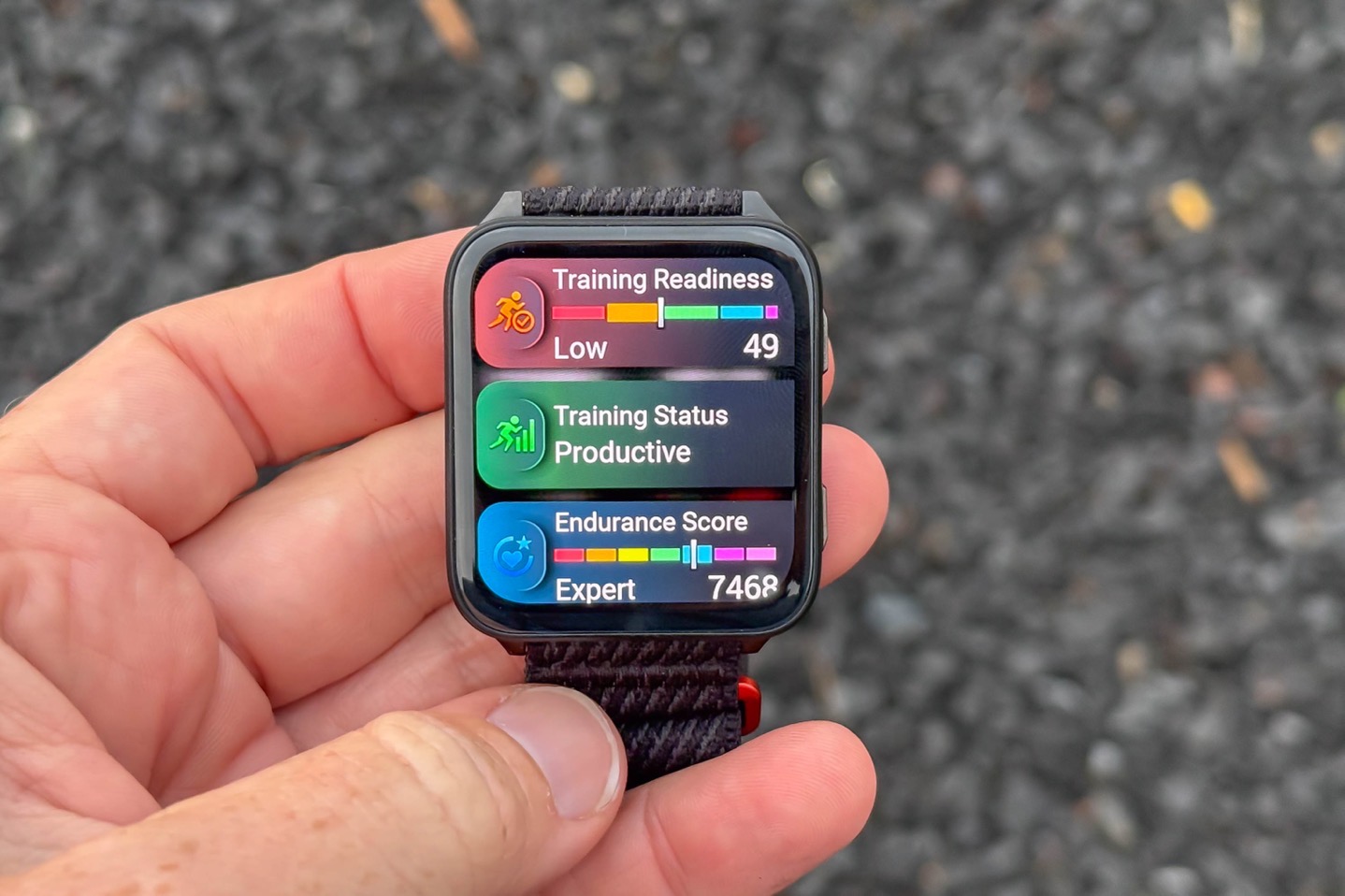
Of course, as you go down the widgets, you’ll see ones familiar from higher-end watches not seen on the Venu series, including Training Readiness and Training Status:
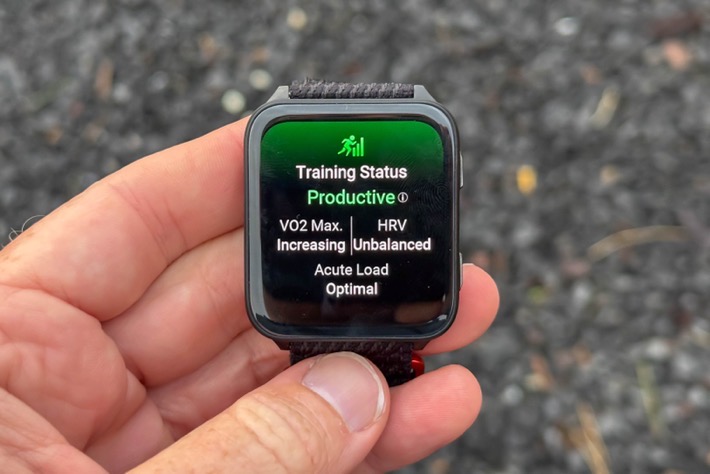

However, you won’t find some of the more advanced features seen on the Forerunner 970 and soon Fenix 8. For example, there is no Running Tolerance (or Impact Load), nor is there any Running Economy. Likewise, in the Upcoming Races feature, it’ll show your current estimated time for that race, but not a future predicted time for 4-6 months down the road on race day:
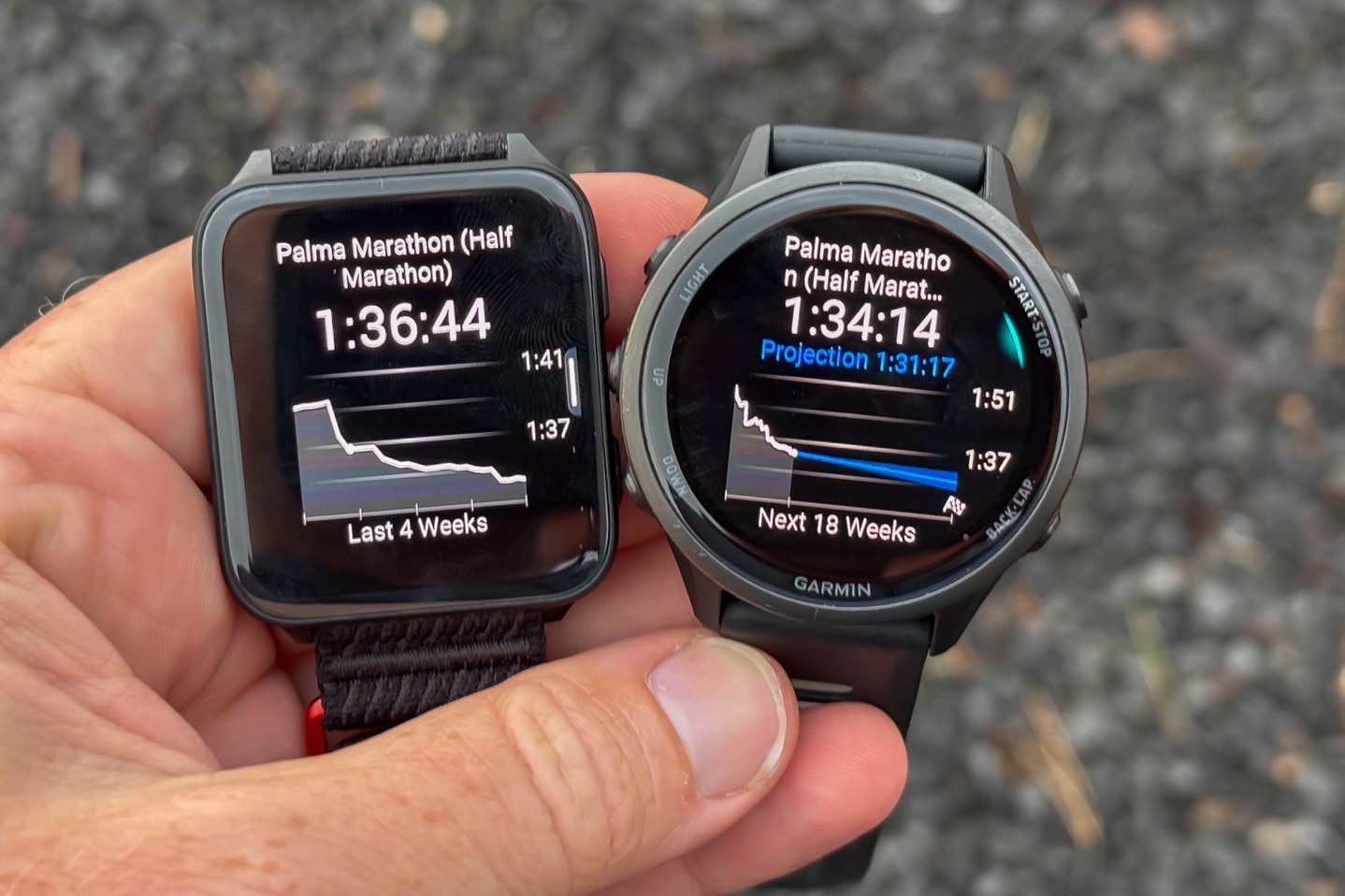
Meanwhile, if you open up the sports menu, you’ll see a more familiar Venu approach to tapping one more time for the activities list, before seeing all your sport modes:

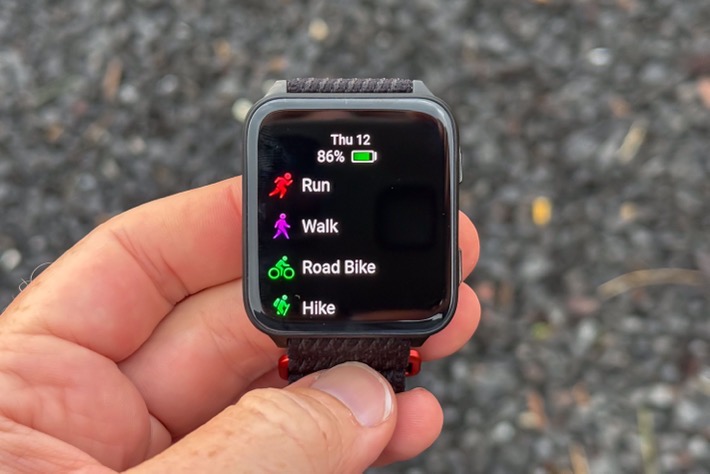
If we were to open up the Run sport profile, you’ll find yourself back in a similar user interface flow to that of the Forerunner/Fenix again, with all of your training & navigation options listed down below:
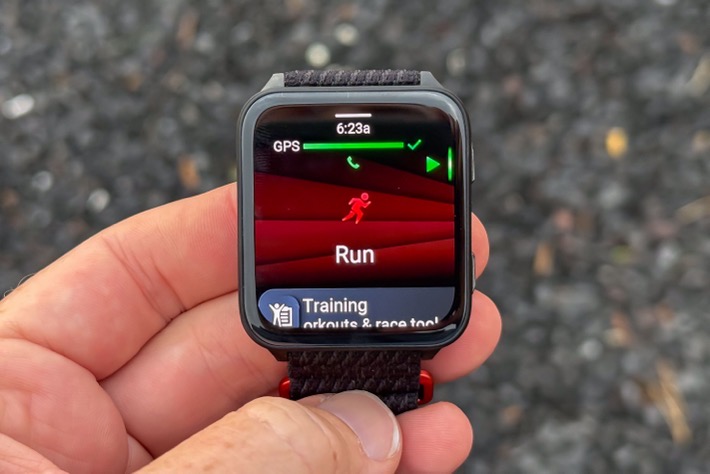
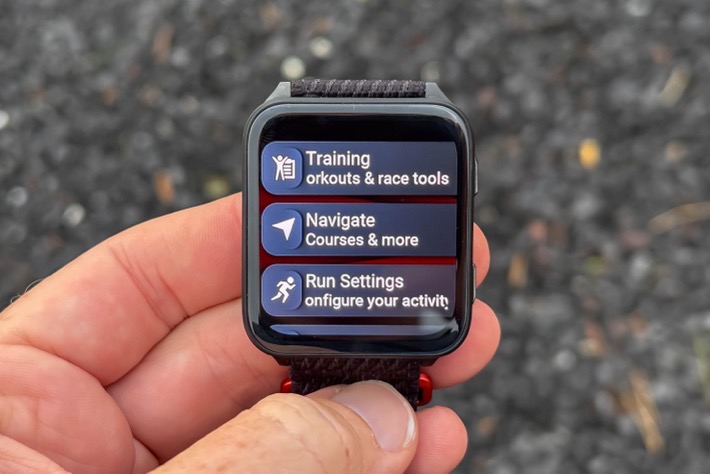
You can see your courses here within the vast navigation section, with tons of options:
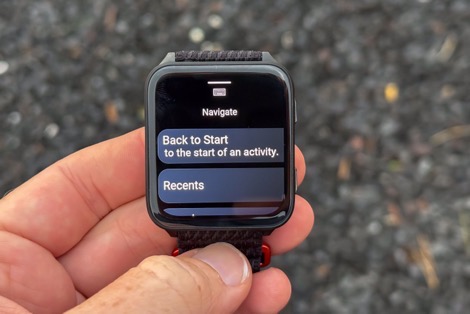
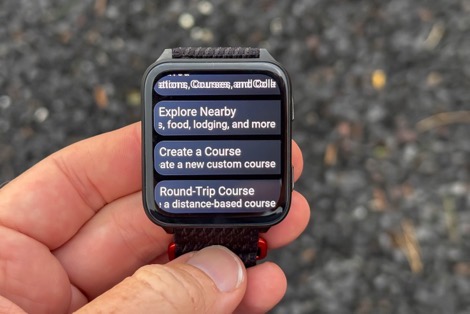
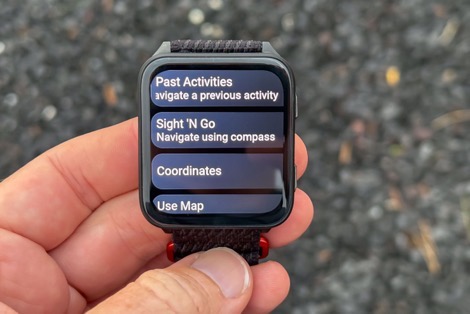
Loading up a nearby route, you can see ClimbPro for the climbs within this particular course. This climb would be a doozy:
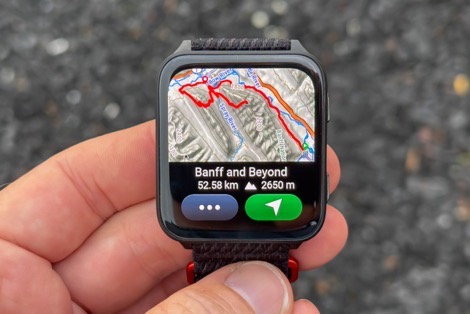

If we were to start running the course, we’d get turn-by-turn navigation prompts audibly on the watch (even without headphones), telling you to turn left/right/etc automatically. And of course, we’d see everything on the map display too.
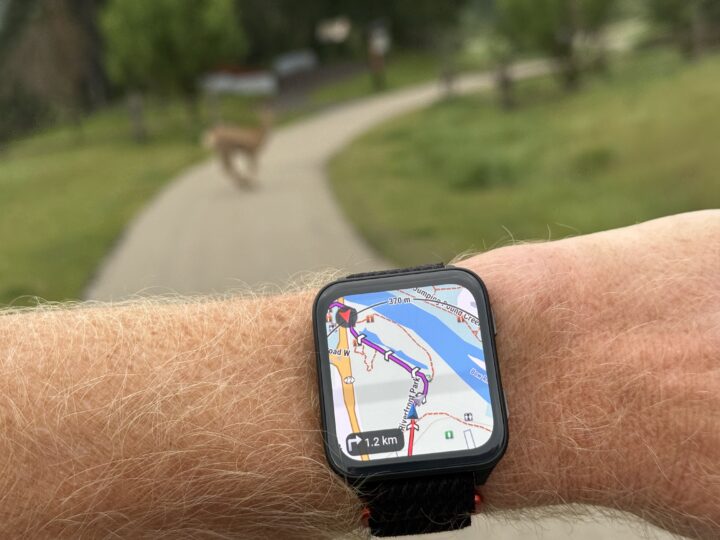
And it carries with it the full map overlay options, including numerous layers, and even Garmin’s Outdoor+ map support. Here you can see the toggles for various map layers:
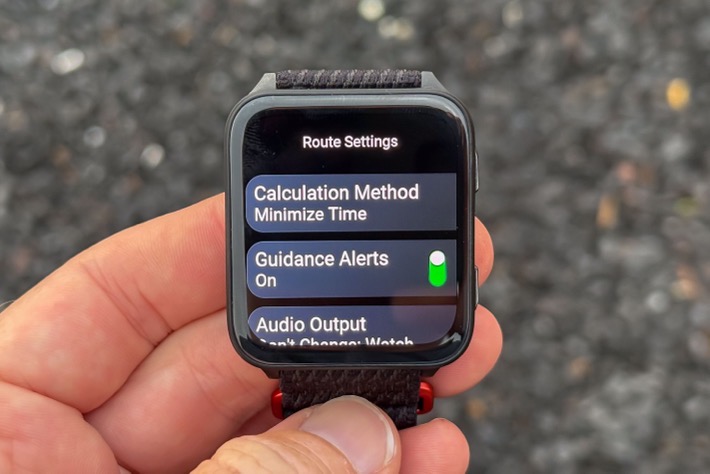
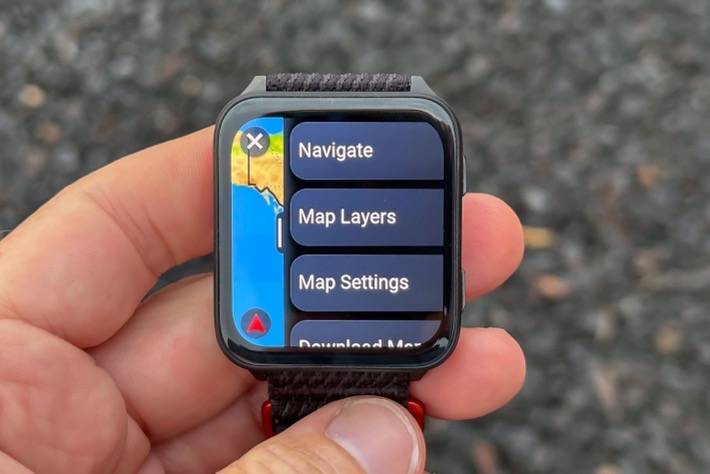
From a data page customization standpoint, you’ve now got the full customization of a typical Garmin Forerunner/Fenix watch, in terms of numerous custom data pages, and upwards of 8 data fields per page:
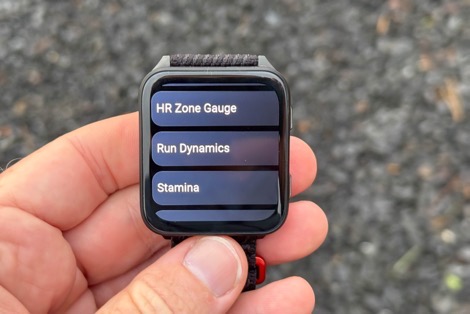
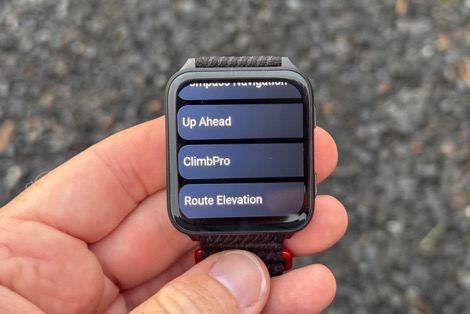

Somewhat notably though, the unit does not have multiband/dual-frequency GPS, or any of the modes that come along with that. That’s a super quirky design in an $800 watch, though as Garmin has proven time and time again over the last couple of years, their non-dual-frequency GPS watches almost always beat their competitors’ dual-frequency GPS designs. So, as I’ve said previously: I don’t really care how you get accurate GPS tracks, as long as you do. I’ll dive into that in more depth in my in-depth review down the road.

The Garmin Venu X1 is a watch hardware-wise that’s pretty much unlike anything Garmin has released for nearly a decade. It harkens back to mid-2015 when Garmin was aiming to make the thinnest GPS watch in the world, with a new mainstream customer base. Back then it was the original Vivoactive, which would eventually grow up to be called the Venu series. Thus, today’s new “thinnest Garmin watch” completes that circle of life.
Except now, Garmin is aiming to bring their mainstream customer closer to that of a Forerunner and Fenix customer. It’s trying to appeal to the same audience mindset as the Apple Watch Ultra – giving mainstream consumers a much bigger display, and some advanced features. However, Garmin goes far further than Apple does in terms of those sporty features. After all, this has the vast majority of the top-end Forerunner & Fenix features, with only a sprinkling of those watches’ features missing here. That said, there are some odd omissions, like the decision to go with 50-meter waterproofing instead of 100-meter waterproofing. Though, I suspect Garmin decided more people value a thinner case design and everything that comes along with that.
Now, I will note that I don’t really think the Venu X1 name makes a lot of sense. The X1 is actually Garmin’s bow sight/hunting product range, and has been for years. But most people won’t know that – and isn’t why I think it’s a bad name. Instead, the X1 naming simply doesn’t convey or mean anything. I would have thought something like the Venu Pro would have made a ton of sense and conveyed the pro-nature of this device. Granted, Garmin has a wonky history with using the ‘Pro’ moniker as the every-other-year model, but I think they could have broken out of that mold just fine here. Meanwhile, calling it the Venu Ultra would have been a little too on the nose for Garmin.
In any case, setting the name aside, this watch will probably be the most surprising Garmin product launch of the year, and could end up being one of their most popular products. It’ll be super interesting to see where it goes from here, in terms of not just whether customers buy it, but how Garmin treats software updates. The Venu lineup has a very long history of largely being ignored after product launch in terms of meaningful feature updates, while the Forerunner and Fenix product lines get strong feature updates on those watches – at least until Garmin releases a new hardware version. How Garmin treats this watch will strongly drive whether or not people buy future versions of it.
With that – thanks for reading, and stay tuned for a full in-depth review down the road.
At the end of the day, I’m an athlete just like you looking for the most detail possible on a new purchase. These posts generally take a lot of time to put together, so if you're shopping for the Garmin Venu X1 or any other accessory items, please consider using the affiliate links below! As an Amazon Associate I earn from qualifying purchases. It doesn’t cost you anything extra, but your purchases help support this website a lot.
And of course – you can always sign-up to be a DCR Supporter! That gets you an ad-free DCR, access to the DCR Quarantine Corner video series packed with behind the scenes tidbits...and it also makes you awesome. And being awesome is what it’s all about!








